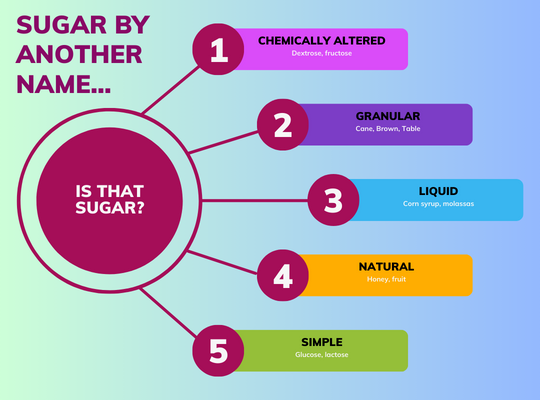If you’ve read our blogs, you know I have a personal beef with sugar. Added sugar was once my crutch in life. When stressed, I turned to chocolate. If I celebrated something, I turned to cake. And when bored, I baked sweet stuff. It’s so addictive! And here’s my other beef with sugar – it can be difficult to identify. Because many of us are onto the fact that sugar is destructive, companies put it in the nutritional information with different names. I decided to do a blog series on the many names of sugar. Today we look at cane sugar.
What is Cane Sugar?
So, companies make our usual white sugar from a combination of sugarcane and sugar beets. Cane sugar is solely from, naturally, sugarcane. Sugarcane is a tropical grass farmers harvest. The largest producing area for sugarcane is Brazil. You can use the juice from the sugarcane, which is its purest form. A friend of ours used to work in Africa, and they would cut a stalk of sugarcane and chew on it for road trips. Now, that’s natural and organic – if not really healthy.
How Is It Made?
For cane sugar, farmers harvest the stalks and then crush them. It’s then clarified to remove any solids. It’s heated and concentrated into a syrup. Then, it’s mixed with molasses and crystallized. It’s boiled and put in a centrifuge to separate out some of the molasses. They slap an organic stamp on it, and send it out to the stores.
What is Cane Sugar Used For?
So, here’s my big beef with cane sugar. It’s often labeled as “organic” so people assume it’s better for you. I did. But, it’s truly interchangeable with regular white sugar. There are no health benefits to cane sugar. The amount of minerals in it are so small, they aren’t worth mentioning.

In South East Asia, the juice from sugarcane is sometimes used for medicinal reasons. Before you think that maybe the juice is better for you than the crystalized cane, it really isn’t from a nutritional standpoint. About two tablespoons of sugarcane juice has 113 calories and 25 grams of carbs. I’m not saying there aren’t medicinal components of it, but we in North America haven’t found them yet. Maybe if we didn’t take in so many other added sugars, we’d see more medicinal benefits.
What Are the Long Term Effects?
Just like the other sugars we’ve examined in this series, the long term effects are bleak. Americans take in, on average, 13% of their calories from added sugars. Health professionals recommend between 0% and 10% of our calories. The article didn’t specifically say, but I’m thinking Canadians are no better. And, do you see the 0%? We do not need any additional sugar in our bodies!
Heart disease is another big risk factor that increases with taking in sugar. People who take in 20% of their calories with added sugar are 38% more likely to die from cardiovascular disease. If you take in 2,000 calories a day, this equals 40 calories. That seems like a lot, but they add up quickly. One Mars bar has 26 grams of sugar. Half a cup of ice cream has 14 grams of sugar. You have one of each and, boom, 20% of your calories comes from added sugar for the day.
A Final Thought About Cane Sugar
Is cane sugar better than white sugar? No. Two tablespoons of cane sugar has 105 calories and 28 grams of carbs, all of which are sugar. Two tablespoons of granulated white sugar has 98 calories and 26 grams of carbs (sugar). So, why is it seen as a healthier option? It’s that label that says organic – gets us every time.
Wendy





